On April 18, 2025, U.S. President Donald Trump issued a stark warning that the United States could soon abandon its efforts to broker peace between Russia and Ukraine unless both parties demonstrate swift progress toward a settlement. Speaking to reporters in Washington, Trump emphasized his urgency, stating the U.S. would “take a pass” if either side complicates negotiations, calling them “foolish” and “horrible people” for obstructing a deal. While declining to set a specific deadline, he stressed the need to resolve the conflict “quickly,” asserting, “Nobody’s playing me, I’m trying to help.” His remarks followed a memorandum signed with Ukraine on Thursday for a controversial minerals deal, highlighting the complex interplay of diplomacy and economic interests.
Trump’s Secretary of State, Marco Rubio, echoed this impatience in Paris after discussions with European and Ukrainian leaders. Rubio signaled the U.S. could walk away “within days” if no progress emerges, noting that Trump has “other priorities” globally and is prepared to say, “We’re done.” He clarified, “It is not our war. We didn’t start it,” underscoring Trump’s reluctance to prolong involvement in a conflict that began with Russia’s 2022 invasion. The talks, described as “constructive” by Zelenskyy’s office, are the first high-level negotiations involving European powers, but Russia’s demand for territorial concessions and Ukraine’s insistence on NATO-like security guarantees keep the parties far apart.
The minerals deal, announced by Ukraine’s Economy Minister Yulia Svyrydenko, aims to establish an investment fund for Ukraine’s reconstruction, granting the U.S. access to critical resources like graphite and rare earths. Trump views the deal, potentially worth $500 billion, as a way to recoup U.S. aid, which he claims Ukraine “owes” despite prior grants. However, details remain vague, and Ukraine resists repaying past assistance, fearing it could set a precedent. The deal’s timing, amid Trump’s threat to exit peace talks, has raised concerns in Kyiv that it resembles a business transaction rather than a security commitment, especially after a February 2025 Oval Office clash where Trump berated Zelenskyy.
Russia’s intensified attacks, including a Friday strike in Kharkiv that killed one and injured 98, complicate the talks. Moscow rejects a proposed 30-day ceasefire, demanding control over four regions and Zelenskyy’s ouster, while Kyiv seeks robust guarantees against future aggression. Posts on X reflect polarized sentiment, with some praising Trump’s push for peace and others criticizing his pressure on Ukraine. European allies, caught off-guard by Trump’s pivot toward Moscow, fear a U.S. withdrawal could weaken Ukraine’s position, leaving it reliant on insufficient European support.
Trump’s threats, coupled with the minerals deal, signal a transactional approach that may prioritize U.S. economic gains over a lasting peace. With no deal in sight by the symbolic Easter deadline of April 20, 2025, the risk of a U.S. pullout looms large, potentially reshaping the conflict’s trajectory.

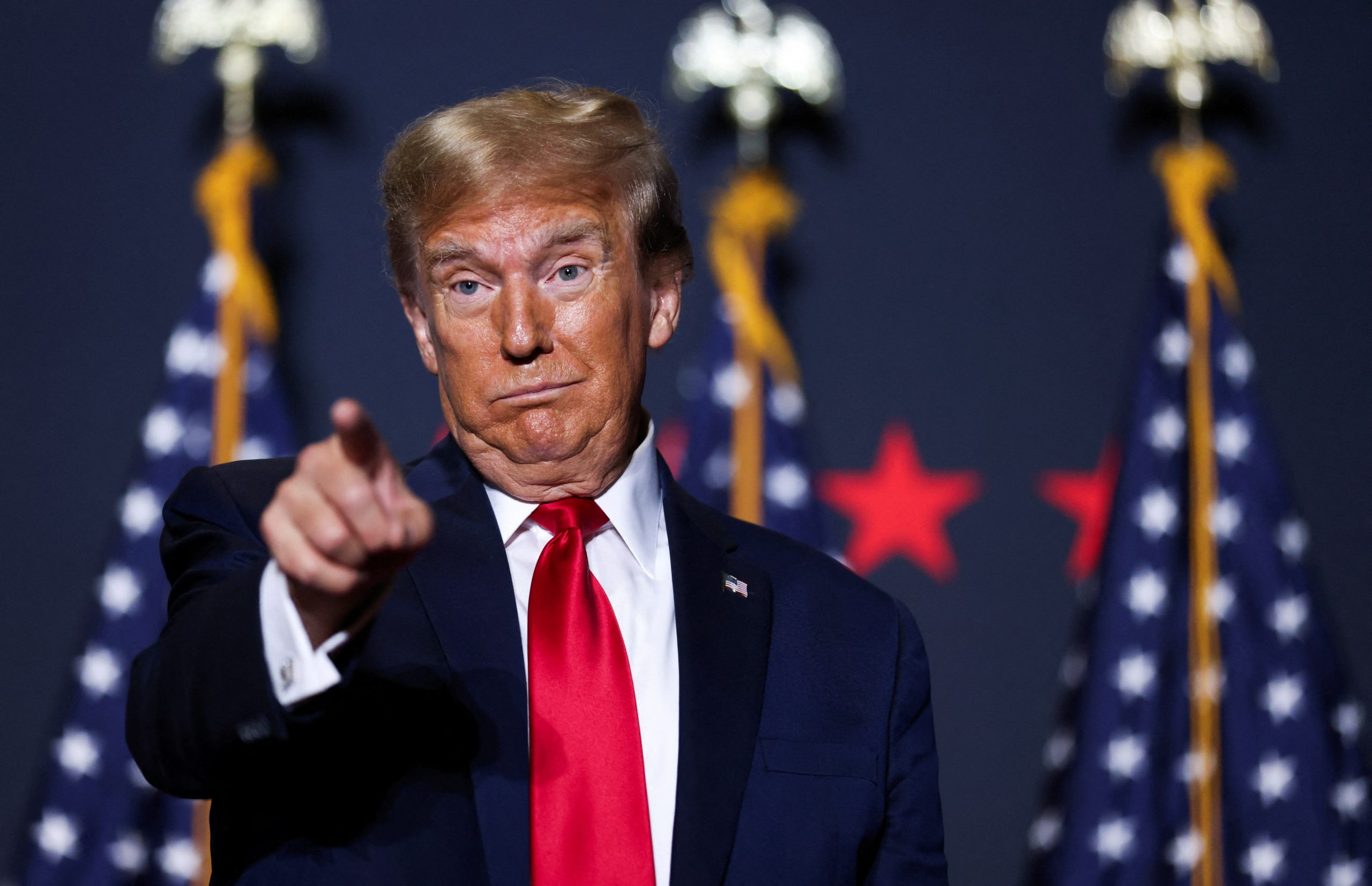
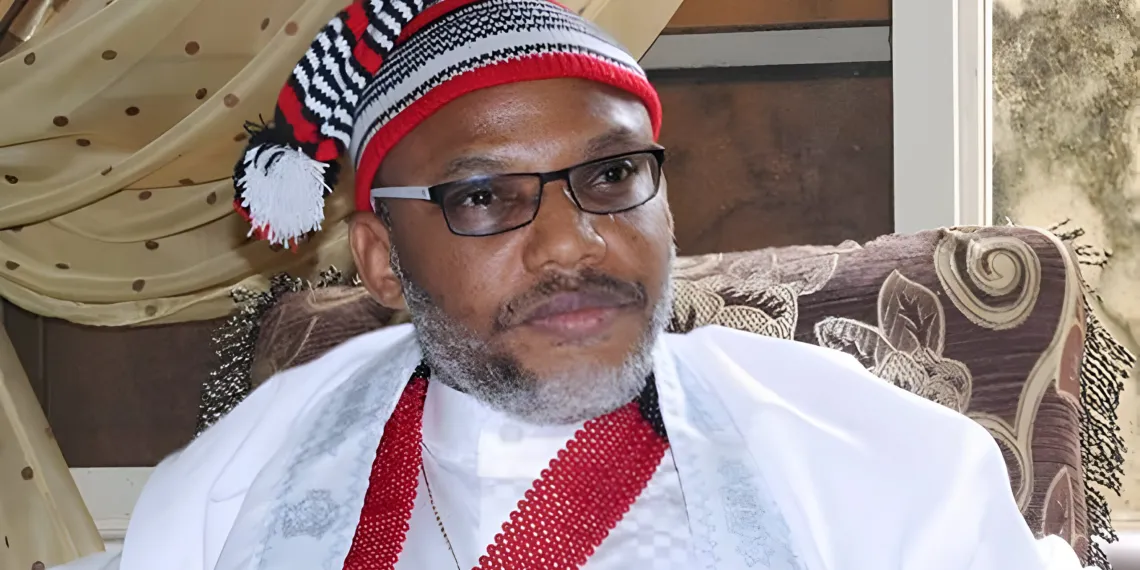
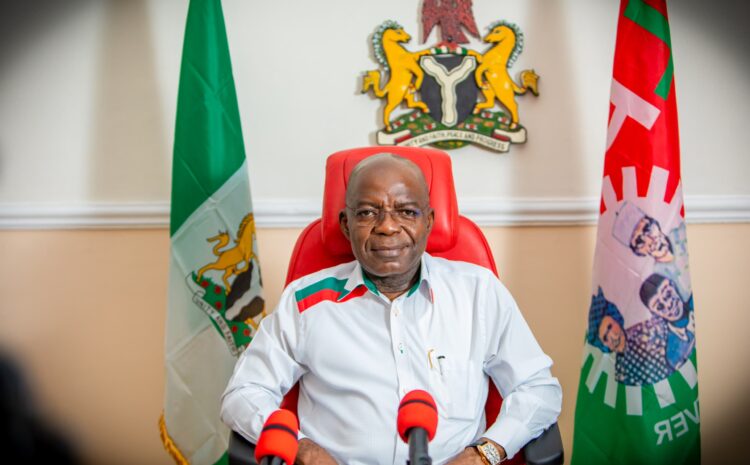




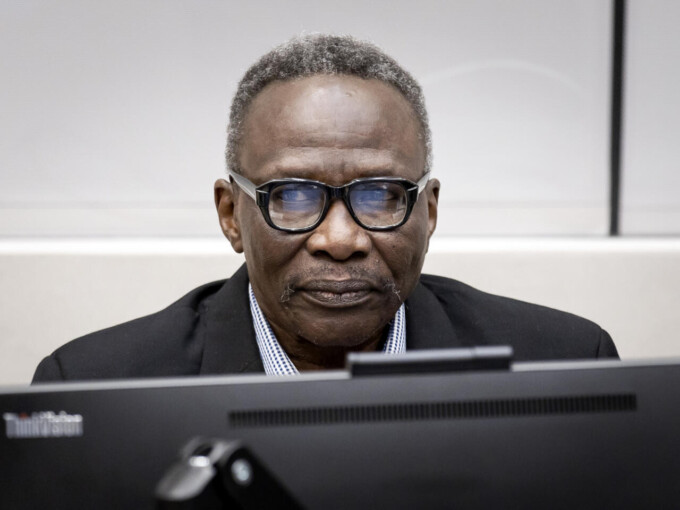

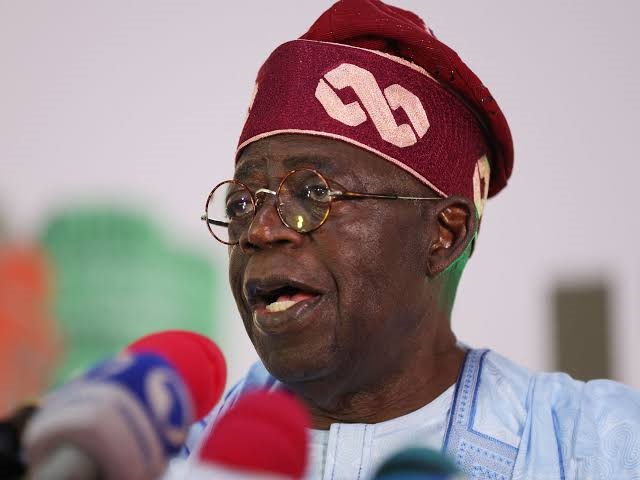
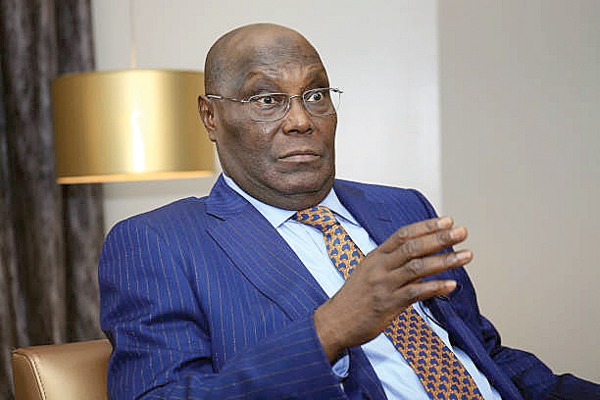
Leave a comment